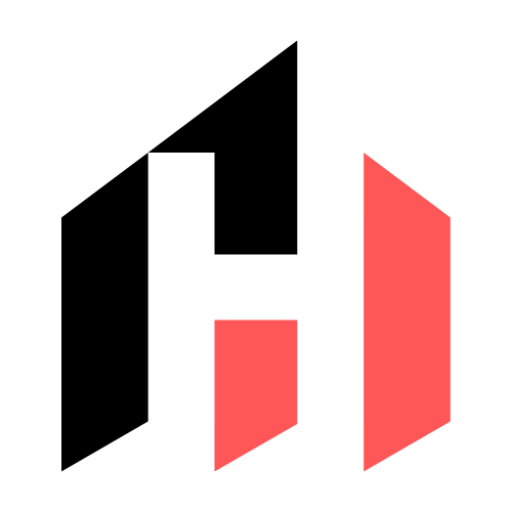Transform your visitors in Lead easily – You lost some sales today and you didn’t even realize it!
What should we do to turn visits to our site into leads?
The next step is to increase the conversion rate of our website, i.e. transform visits from search engines, blogs, social network pages and external links into leads (contacts).
In web marketing, a tool to obtain this conversion is to create landing pages on our website: landing pages to which we direct our readers to perform certain actions. These pages, specifically structured, can usually be reached by the user after clicking a link or an advertisement and tend to finalize a contact or a purchase. The classic use is that in the context of paid campaigns (pay per click) such as Google Ads, in which the page that the user reaches is the one promoted in the advertisements.
This type of page is called a transactional landing page (Transactional) because it pushes the surfer to complete a certain activity, usually filling out a form with his or her data (email address, name, surname, city of residence, etc…) in order to sell products, services or content. The goal of this page is to achieve conversion, that is to attract the greatest number of visitors and encourage them to take an action: through a data collection form we will ask them to leave us some personal data in order to be able to send an offer or a reserved promotion.
Precisely for this reason, a landing page should never contain external links or menu items, in order to remain focused on the message to be transmitted and not distract the visitor from achieving his main objective.
Facebook also allows you to create a landing page within your page through the Canvas function.
If, on the other hand, we want to solicit visitors to voluntarily subscribe to our newsletter and therefore to leave us their e-mail address, then we will create a squeeze pager: a good technique is to offer a free downloadable resource for those who register, such as a mini e-book or guide in PDF format.
Whether we create a landing page or a squeeze page, we should always provide an email for the user in which to thank him for downloading the offer or subscribing to the newsletter.
How a landing page is structured
A landing page is usually made up of six/seven elements that make it effective:
- Logo and colors of your brand: at the top right you need to insert our logo, to identify who is the company that is proposing the offer. Also use your brand colors to better characterize and identify yourself.
- Title and subtitle: usually positioned next to the logo, they simply and directly describe the object of the offer. The text must be intuitive, captivating in order to attract the reader to linger on the page and not abandon it.
- Call to action: this is the real tool that converts visits into leads. It is usually a data collection form that the visitor fills in with their data to receive information or purchase a product at particularly advantageous conditions. The call-to-action button should be a large, highly visible, brightly colored button.
- Photos and/or videos: images are the first thing that strikes the visitor’s eye; the presence of a captivating and evocative image is essential to keep the visitor on the page. Instead of the image you can also use a video, but in this case it must be professional.
- Offer: describe the proposed offer in a detailed and completely transparent way. In the case of landing pages offering discounts or coupons, this field may not be present.
- Advertisement detail: the main benefits (preferably three or four so as not to be too distracting) that the visitor will obtain by purchasing your product must be entered in a clear, transparent, captivating way and preferably in the form of a bulleted list.
- Testimonials and elements of trust: in order to encourage the visitor to take an action, it is necessary to provide him with information that can reassure him: the number of likes that that product has on Facebook or a direct testimony of a person who has used the product before him and declares satisfied.
Thank you page for tracking conversions
The thank you page is used to thank users who have just performed the action we wanted, on our landing page and is used by us to track conversions, through a code to be inserted on the page.
Thanks to the possibility of carrying out this tracking, we will have the total number of conversions for our landing pages and we will also find out through which channel the users have reached us.


